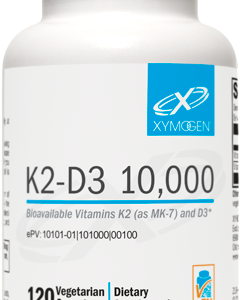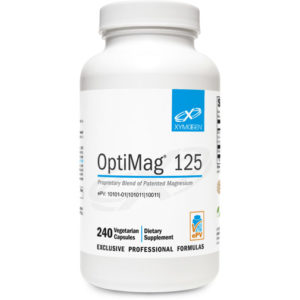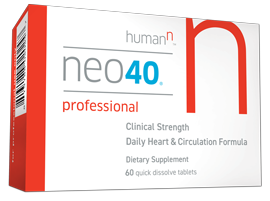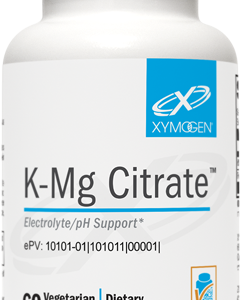Scientific Information/Data
Natto is a fermented, cheese-like food that is popular in Japan where it has been consumed safely for more than 1000 years. It is made through the fermentation of boiled soybeans by the bacterium Bacillus subtilis natto. In 1980, during a series of in vitro experiments at the University of Chicago Medical School, Dr. Hiroyuki Sumi discovered that natto could affect fibrin levels. Fibrin is a whitish, filamentous protein that is formed in blood after a trauma or injury to protect the body from excessive blood loss. Strands of fibrin can accumulate along the walls of blood vessels and affect blood flow.*
After Dr. Sumi discovered the effect of natto on fibrin, he proceeded to look for natto’s active component. He then isolated and named this component “nattokinase,” which means “enzyme in natto.” According to Dr. Sumi, a 150 g portion of natto contains approximately 500 mg of nattokinase.[1] Nattokinase is produced by Bacillus subtilis natto during the soybean fermentation process. While other soy foods contain enzymes, it is only the natto preparation that contains the nattokinase enzyme. Nattokinase is not a kinase enzyme, it is a serine proteinase class of enzyme.*
How Nattokinase Works
Nattokinase supports healthy levels of fibrin and supports healthy blood flow through protease enzyme action (e.g., subtilisin protease, bacillopeptidase F). [2,3] Not only does nattokinase act directly on fibrin, but as demonstrated by in vitro work, its action also causes the release of substances that trigger the body’s production of other important enzymes that help regulate fibrin formation. Nattokinase can also inhibit a key enzyme that affects extracellular and arterial vasoconstriction, and it can generate tissue plasminogen activators. [4,5] Other in vitro work revealed that nattokinase caused a significant, dose-dependent decrease of red blood cell aggregation and low-shear viscosity, and these beneficial effects were evident at concentrations similar to those achieved with in vivo animal trials.[6]
The Japanese have long believed that natto supports healthy blood flow. Now, as outlined above, modern science has uncovered mechanisms underlying this belief.*[2-8]
Animal and Human Studies
In preliminary research performed by Dr. Sumi and his colleague Masugi Maruyama, extract of natto (equivalent to 25 mg and 200 mg respectively) showed a healthy influence on blood pressure in Wistar rats and in humans. [9] In another animal study performed on dogs, nattokinase was tested against a placebo. Oral administration (1 g nattokinase in four capsules containing 250 mg each) supported normal circulation, as shown by angiogram.[2]
More recently, to examine the effects of nattokinase supplementation on blood pressure in humans, 86 people aged 20 to 80 years participated in an eight-week, randomized, double-blind, placebo-controlled trial. Seventy-three subjects completed the protocol. The researchers found that oral nattokinase supplementation (2000 FU/capsule) resulted in a healthy effect on blood flow. [10] Our NattoZyme provides 1000 FU/capsule with a recommended dosage of two capsules per day.*It is important to note that both natto and nattokinase have been demonstrated to have activity in humans, whereas supplementing with boiled soybeans did not.[2] Animal research has demonstrated that nattokinase escapes the action of digestive enzymes and is absorbed from the small intestine to perform in plasma.*[11,12]
* These statements have not been evaluated by the Food and Drug Administration.
This product is not intended to diagnose, treat, cure, or prevent any disease.
References
- Sumi H, Hamada H, Tsushima H, et al. A novel fibrinolytic enzyme (nattokinase) in the vegetable cheese Natto; a typical and popular soybean food in the Japanese diet. Experientia. 1987 Oct 15;43(10):1110-11. [PMID: 3478223]
- Sumi H, Hamada H, Nakanishi K, et al. Enhancement of the fibrinolytic activity in plasma by oral administration of nattokinase. Acta Haematol. 1990;84(3):139- 43. [PMID: 2123064]
- Purified filtrate of Bacillus subtilis natto culture. JAFRA. http://www.jafra.gr.jp/eng/natto1.html. Accessed August 16, 2012.
- Murakami K, Yamanaka N, Ohnishi K, et al. Inhibition of angiotensin I converting enzyme by subtilisin NAT (nattokinase) in natto, a Japanese traditional fermented food. Food Funct. 2012 Mar 27. [Epub ahead of print] [PMID: 22453301]
- Yatagai C, Maruyama M, Kawahara T, et al. Nattokinase-promoted tissue plasminogen activator release from human cells. Pathophysiol Haemost Thromb. 2008;36(5):227-32. [PMID: 19996631]
- Pais E, Alexy T, Holsworth RE Jr, et al. Effects of nattokinase, a pro-fibrinolytic enzyme, on red blood cell aggregation and whole blood viscosity. Clin Hemorheol Microcirc. 2006;35(1-2):139-42. [PMID: 16899918]
- Fujita M, Hong K, Ito Y, et al. Thrombolytic effect of nattokinase on a chemically induced thrombosis model in rat. Biol Pharm Bull. 1995 Oct;18(10):1387-91. [PMID: 8593442]
- Suzuki Y, Kondo K, Ichise H, et al. Dietary supplementation with fermented soybeans suppresses intimal thickening. Nutrition. 2003 Mar;19(3):261-64. [PMID: 12620531]
- Maruyama M, Sumi H. Effect of natto diet on blood pressure. JAFRA. http://www.jafra.gr.jp/eng/natto7.html. Accessed August 14, 2012.
- Kim JY, Gum SN, Paik JK, et al. Effects of nattokinase on blood pressure: a randomized, controlled trial. Hypertens Res. 2008 Aug;31(8):1583-88. [PMID: 18971533]
- Fujita M, Ohnishi K, Takaoka S, et al. Antihypertensive effects of continuous oral administration of nattokinase and its fragments in spontaneously hypertensive rats. Biol Pharm Bull. 2011;34(11):1696-701. [PMID: 22040882]
- Fujita M, Hong K, Ito Y, et al. Transport of nattokinase across the rat intestinal tract. Biol Pharm Bull. 1995 Sep;18(9):1194-96. [PMID: 8845803]






